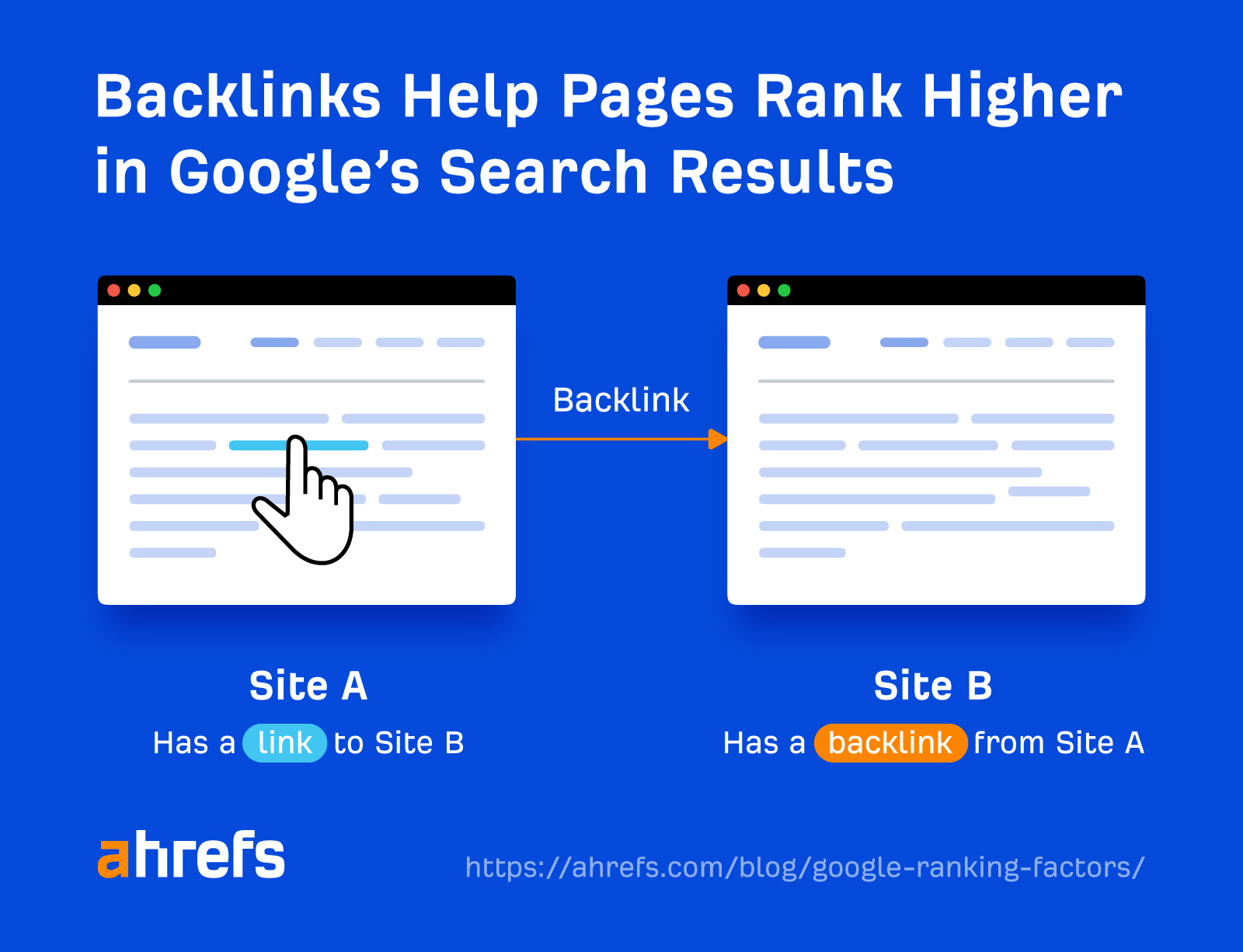SEARCH ENGINE OPTIMIZATION Vs. SEM: Recognizing the Key Differences
SEARCH ENGINE OPTIMIZATION, which stands for Look Engine Optimization, focuses on improving an internet site's presence and organic position on search engine results web pages. On the other hand, SEM, or Search Engine Advertising and marketing, entails paid advertising and marketing to enhance an internet site's exposure on search engines. Understanding the crucial distinctions in between Search engine optimization and SEM is important for services looking to enhance their on the internet existence and drive web traffic to their internet sites.

Meaning of SEO
SEO, or Search Engine Optimization, refers to the technique of enhancing websites to improve their visibility and positions on search engine results pages (SERPs) It entails different techniques and techniques focused on raising organic, or non-paid, traffic to a site. The supreme objective of search engine optimization is to improve a site's online visibility and bring in even more targeted visitors.
Among the essential aspects of search engine optimization is keyword optimization (https://louisianaweek.com/press/linkdaddy-announces-agency-backlink-local-business-directory-listings-service/102516). This entails conducting complete study to determine appropriate keyword phrases that individuals are most likely to look for when seeking info or products associated to a particular website. By incorporating these search phrases tactically into the internet site's material, meta tags, and Links, search engine optimization aims to boost the site's relevance and position for those particular search terms
An additional essential consider search engine optimization is on-page optimization. This includes enhancing numerous components on a website, such as title tags, headings, pictures, and inner web links, to make them even more search engine-friendly (seo marketing). By ensuring that these aspects are effectively structured and appropriate to the internet site's material, search engine optimization helps internet search engine recognize the context and significance of the website
In addition, SEO likewise consists of off-page optimization techniques, such as link structure. This involves obtaining high-quality backlinks from various other trusted internet sites, which indicates to internet search engine that the site is reliable and trustworthy. By developing a strong network of backlinks, search engine optimization boosts a website's credibility and increases its possibilities of rating greater in search results.
Definition of SEM
SEM, or Browse Engine Advertising And Marketing, is an advertising and marketing strategy that involves promoting sites and enhancing their exposure with paid advertising and marketing on internet search engine results pages (SERPs) Unlike SEO, which concentrates on enhancing web sites to enhance natural search positions, SEM makes use of paid advertising and marketing to drive website traffic to a website.
One of the key elements of SEM is pay-per-click (PPC) advertising and marketing. When an individual searches for those key words, the advertisements appear at the top or side of the search results.

SEM also consists of other forms of paid advertising and marketing, such as display advertisements, remarketing ads, and shopping advertisements. Show advertisements are banners or aesthetic ads that show up on sites within the Google Show Network. Remarketing advertisements target individuals who have actually previously gone to a web site, serving them advertisements as they browse various other sites. Shopping advertisements, on the other hand, advertise certain products and present pertinent information, such as rate and accessibility.
Goals of SEO and SEM
The goals of both seo (SEO) and search engine advertising and marketing (SEM) focus on raising a site's presence and driving targeted traffic. Nevertheless, the techniques and techniques utilized by each vary significantly.
The main goal of search engine optimization is to boost a website's natural search position on internet search engine results pages (SERPs) This is attained by maximizing various elements on the web site, such as material, meta tags, and website framework, to make it more appropriate and enticing to internet search engine. By doing so, SEO aims to bring in more organic traffic from individuals actively looking for associated keywords or topics.
On the various other hand, SEM concentrates on increasing a web site's exposure with paid marketing on online search engine. The key goal of SEM is to drive targeted traffic to a website by bidding process on key words and displaying advertisements in search engine results. This method enables organizations to reach a broader target market promptly and efficiently.

Key Elements of SEO
To properly apply SEO, it is important to recognize the crucial components that contribute to boosting a web site's natural search position. These components can be generally classified right into off-page variables and on-page variables.
On-page elements describe the aspects that are directly present on an internet site and can be maximized for better online search engine exposure. This includes the site's content, keyword phrase usage, meta tags, URL structure, web page titles, and headings. By maximizing these components, search engines can better recognize the importance and context of the web site's material, resulting in higher rankings.
Off-page variables, on the various other hand, focus on external signals that affect a website's authority and trustworthiness. This includes back links from various other trustworthy web sites, social media signals, and online mentions (https://issuu.com/gennajenkins241451/docs/online-reputation-management-through-directory-lis). The more high-grade and relevant backlinks a site has, the much better its possibilities of rating greater in search engine results pages
Additionally, customer experience is a vital part of search engine optimization. Linkdaddy. Online search engine prioritize websites that offer a positive customer experience, consisting of rapid filling times, mobile-friendliness, and simple navigating
Key Components of SEM
In contrast to SEO, SEM incorporates an unique collection of crucial components that focus on paid marketing and driving prompt visibility in online search engine results. These parts consist of internet search engine advertising and marketing, likewise referred to as pay-per-click (PAY PER CLICK) advertising and marketing, keyword study, ad creation, and project management.
Internet search engine marketing is a vital component of SEM. When those key phrases are searched, it entails bidding on key phrases pertinent to your company and developing text or screen advertisements that will show up in search engine results. With search engine advertising and marketing, you can target specific demographics, places, and also time of day to reach your preferred target market.
Keyword research study is one more important part of SEM. It includes identifying the keywords that your target audience is utilizing to look for product and services similar to yours. By performing comprehensive keyword research study, you can maximize your advertisements and ensure they are shown to the ideal individuals at the correct time.
Advertisement creation is the process of developing engaging and influential ads that will attract individuals to click on them. Well-crafted ads have a strong call-to-action, appropriate messaging, and a clear worth suggestion.
Last but not least, project monitoring entails monitoring and optimizing your SEM projects to guarantee they are performing effectively. This includes tracking metrics such as click-through prices, conversion prices, and roi (ROI) to make data-driven choices and accomplish the very best outcomes.
Final Thought
To conclude, SEO and SEM are two distinctive approaches in digital advertising. Search engine optimization concentrates on optimizing sites to enhance natural search rankings, while SEM involves paid marketing to raise visibility on online search engine results web pages. Both approaches have their very own purposes and key elements that contribute to see here their efficiency. Recognizing the distinctions in between search engine optimization and SEM is essential for companies to establish a detailed internet marketing approach.
SEARCH ENGINE OPTIMIZATION, which stands for Browse Engine Optimization, focuses on improving a site's visibility and organic position on search engine results web pages. On the other hand, SEM, or Search Engine Advertising and marketing, entails paid advertising and marketing to raise a web site's exposure on search engines (seo company).SEO, or Search Engine Optimization, refers to the technique of enhancing web sites to improve their visibility and positions on search engine results pages (SERPs)The primary goal of SEO is to improve a website's organic search position on search engine results web pages (SERPs) SEO concentrates on enhancing sites to improve natural search rankings, while SEM entails paid marketing to raise exposure on search engine results web pages